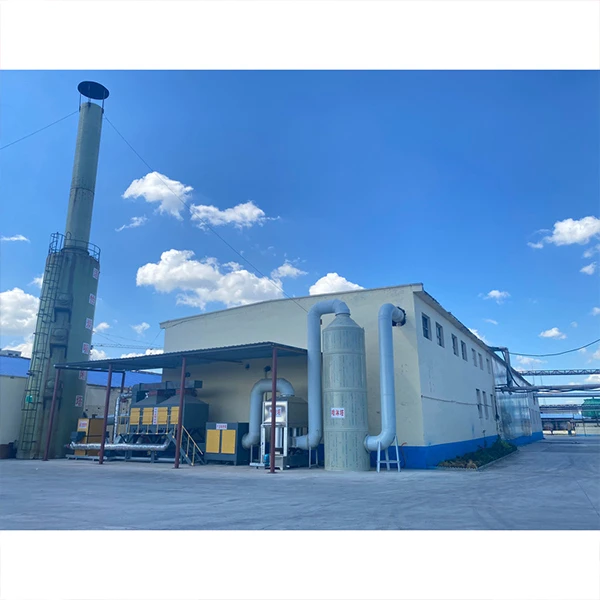Understanding HPMC in Building Coating and Adhesive Applications
Hydroxypropyl Methylcellulose (HPMC) is a versatile cellulose ether that plays a crucial role in the building materials industry, particularly in coatings and adhesives. Its unique properties make it an essential additive for enhancing performance and stability in various formulations. This article delves into the significance of HPMC in building coating and adhesive applications, exploring its benefits, functionalities, and impact on overall product quality.
What is HPMC?
HPMC is synthesized from natural cellulose through a series of chemical modifications, which involve etherification with propylene oxide and methyl chloride. This process results in a white, odorless powder that is soluble in water and exhibits excellent rheological properties. The chemical structure of HPMC allows it to form a gel in water, providing unique functionalities that are beneficial in construction applications.
Benefits of HPMC in Building Coatings
1. Improved Workability and Application HPMC enhances the viscosity and texture of building coatings, making them easier to apply. Its thickening properties allow for uniform spreading, which is crucial for achieving a smooth finish. This is particularly important in exterior coatings, where even application can significantly affect durability and aesthetics.
2. Enhanced Water Retention One of the key advantages of HPMC is its ability to retain water in cement-based formulations. This property is critical for improving the workable life of paints and plasters, allowing for extended application times without compromising the performance of the materials. Adequate water retention also contributes to better curing of the applied layers, leading to improved strength and adhesion.
3. Good Adhesion Properties HPMC improves the adhesion of coatings to various substrates, including concrete, plasterboard, and brick. This ensures that the coatings will remain intact and perform effectively over time, reducing the risk of peeling or flaking, which can compromise both aesthetics and structural integrity.
4. Resistance to Cracking The flexible nature of HPMC helps in reducing cracking in coated surfaces, particularly in environments subject to temperature fluctuations and mechanical stress. This flexibility allows the coated surfaces to withstand minor movements and shifts without damage.
building coating adhesive hpmc

Role of HPMC in Adhesives
In the adhesive industry, HPMC is used to enhance the performance of various formulations, including tile adhesives, grouts, and mortars.
1. Thickening Agent HPMC serves as a thickening agent in adhesives, improving their consistency and stability. This results in a product that is easier to handle and apply, ensuring precise placement of tiles or other materials.
2. Open Time Extension For tile adhesives, HPMC extends the open time, allowing contractors to position tiles before the adhesive sets. This is essential in large applications where alignment is key, and workability must be maintained over a longer period.
3. Enhanced Bonding Strength The inclusion of HPMC in adhesive formulations enhances bonding strength. Its water-retaining properties contribute to optimal hydration of the cementitious components, resulting in a stronger final bond.
4. Lowering VOC Emissions Many formulations using HPMC are low in volatile organic compounds (VOCs), making them more environmentally friendly. This is increasingly important as regulations tighten around emissions in construction materials, promoting healthier indoor environments.
Conclusion
Hydroxypropyl Methylcellulose (HPMC) is an invaluable ingredient in the building coating and adhesive sectors. Its multifunctional properties, including enhancing viscosity, improving water retention, and increasing adhesion, make it a critical component for high-performance products. As the construction industry continues to evolve, the demand for effective and sustainable building materials will likely keep HPMC at the forefront of formulation technologies. Ultimately, the incorporation of HPMC not only improves the aesthetic and functional qualities of coatings and adhesives but also contributes to the overall sustainability and longevity of construction materials.
-
Rdp Powder: Key Considerations for Wholesalers in the Building Materials IndustryNewsJul.08,2025
-
Key Considerations for Wholesalers: Navigating the World of Hpmc - Based ProductsNewsJul.08,2025
-
Hpmc Detergent: Key Considerations for WholesalersNewsJul.08,2025
-
Key Considerations for Wholesalers: China Hpmc For Tile Adhesive, Coating Additives, Concrete Additives, and MoreNewsJul.08,2025
-
Crucial Considerations for Wholesalers: Navigating the World of Construction MaterialsNewsJul.08,2025
-
Key Considerations for Wholesalers Sourcing Additive For Cement, Additive For Concrete, Additive For Putty from Additive Manufacturer Shijiazhuang Gaocheng District Yongfeng Cellulose Co., Ltd.NewsJul.08,2025




